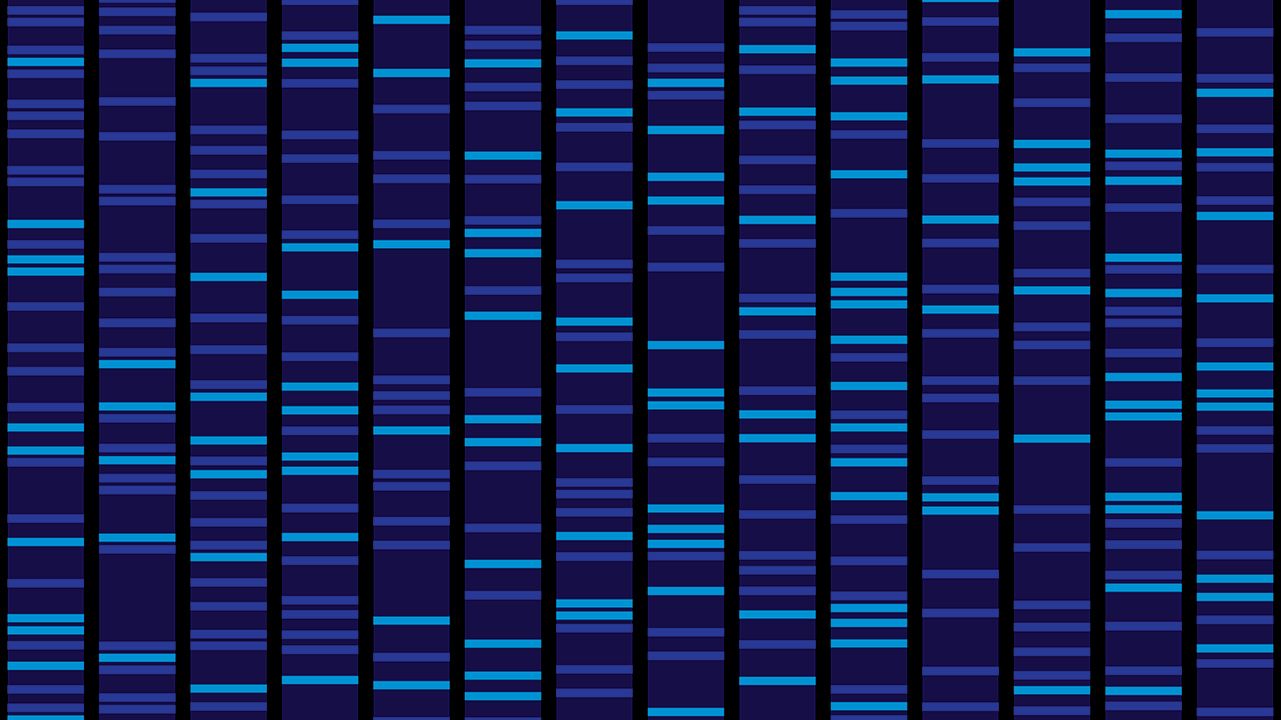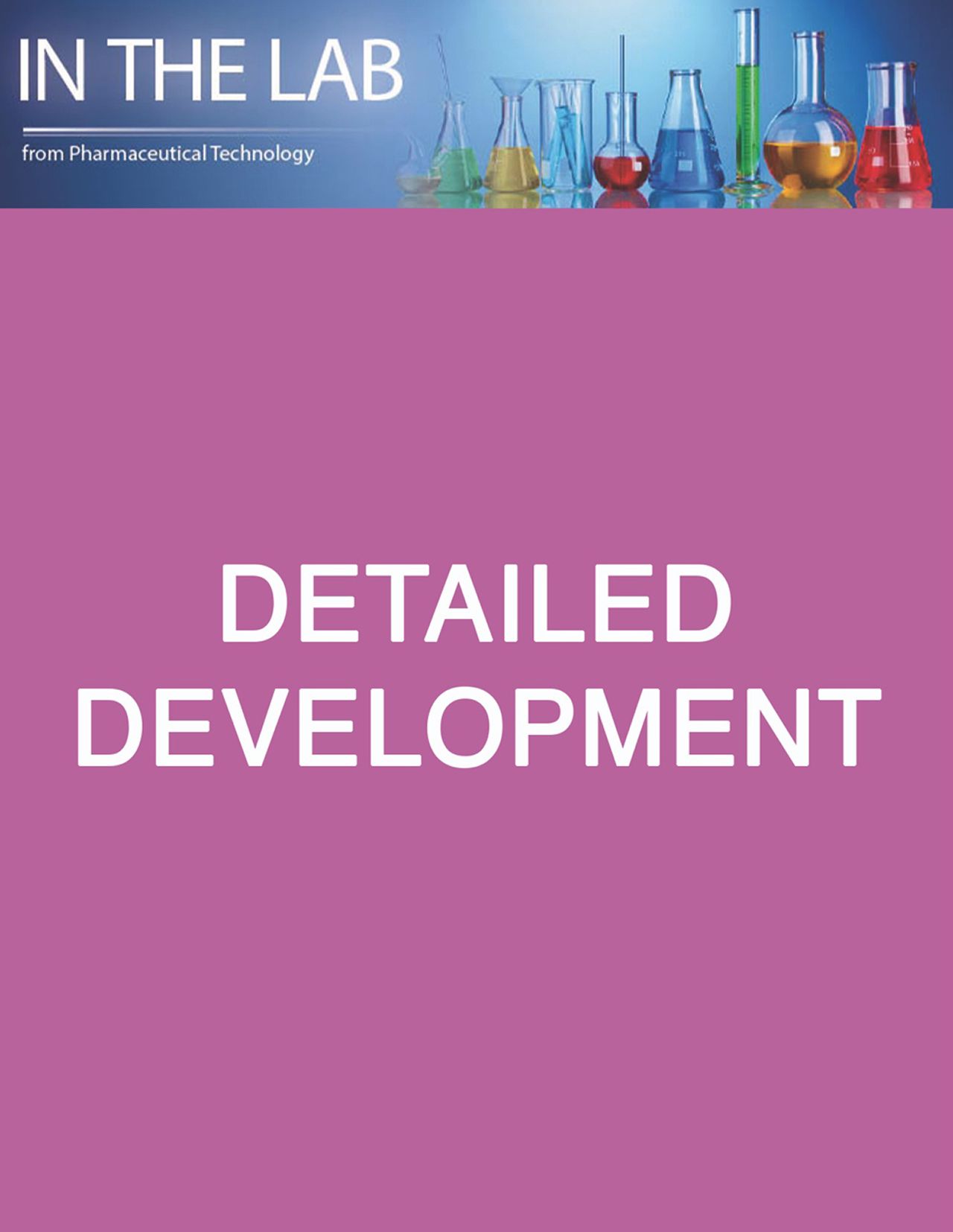Meeting Specific Requirements for Biologic Drug Substance Testing
Traditional biologic-based testing methods may need an upgrade to properly test newer therapeutic modalities.
Serj Siz`kov/stock.adobe.com

Drug substance testing is an integral component in the manufacturing strategy for a biologic drug. Industry standard biologics (monoclonal antibodies [mAbs]) have, by now, well integrated drug substance testing-based control strategies to ensure that process parameters fall in-line and for the sake of product quality. However, the emergence of newer and more complex biologic modalities (e.g., cell therapies, gene therapies, protein fragments, and other constructs) challenges well-used testing methods.
The question is whether standard analytical methods for biologic drug substance testing can meet the requirements for quality assessment of these newer modalities. And if not, what innovations or adaptations are needed to address these analytical needs?
Testing traditional biologics
According to FDA’s industry guidance for mAb production, the antibody structure, integrity, specificity, and potency of a potential mAb therapeutic must first be precisely and thoroughly characterized before human studies can be conducted (1).
To characterize the structural integrity of the mAb, analytical methods such as sodium dodecyl sulfate polyacrylamide gel electrophoresis (SDS-PAGE), isoelectric focusing (IEF), high-performance liquid chromatography (HPLC), and mass spectrometry (MS) should be used, or other appropriate physicochemical methods, to show that the mAb, once purified, has not been fragmented, has not aggregated, or has otherwise not been modified as a result of the separation and purification process. FDA guidance also recommends that side-by-side comparisons should be conducted between each production lot and the in-house reference standard.
To test for the specificity of the mAb, direct binding assays should be used. The assays should show that the mAb binds to the specific target antigen for which it is intended (both positive and negative controls should be included here). FDA’s guidance also explains that “the protein, glycoprotein, glycolipid, or other molecule bearing the reactive epitope” must be biochemically defined. The antigenic epitope must also be determined. Fine specificity studies using inhibition or other techniques should also be conducted, when possible, to characterize the antibody specificity. Once antibody specificity is determined, antibody binding activity must then be quantified through affinity, avidity, or immunoreactivity assays, or combinations of these assays.
Potency assays are also important for characterizing the mAb product, monitoring consistency from lot to lot, and ensuring product stability. FDA’s guidance suggests using binding assays, serological assays, in-vitro or in-vivo functional assays, or animal model activity, to assess potency. A purified unmodified mAb must be fully characterized before it can enter human studies, with the mAb’s structural integrity, specificity, and potency described in the product’s investigational new drug (IND) filing (1).
Increased sensitivity
With the evolution of biotherapeutic modalities from the traditional mAb format, however, drug substance analytical testing needs improved sensitivity. In addition, analytical methods used for small-molecule (i.e., chemical) drugs—such as solid phase extraction, gas chromatography, liquid chromatography, and/or mass spectrometry—are not the best suited for biologic drugs. For small-molecule drugs, these analytic methods remove biological matrix elements from the sample solution, leaving the chemical drug behind for subsequent analysis. Used for biologic drug analysis, however, the methods would remove the biologic drug itself from the sample solution. Testing of biologic drug sample for preclinical and clinical specimens would require specific binding techniques, such as immunological methods that quantify a desired biological target in the presence of a biological matrix (2).
There have been emerging analytical technologies, however, that allow for more sensitive scrutiny and more specific physiochemical detail. In the early development stages, more in-depth, orthogonal biochemical information can be gained from a target molecule to provide better understanding of its attributes. Having this in-depth information also allows for the
assessment of intrinsic product- or process-related impurities that could impact product safety in early clinical trials. The analysis of biological (i.e., protein) drugs can be done through methods such as HPLC, ultra-high performance liquid chromatography (UHPLC), gel electrophoresis, isoelectric focusing, gene sequencing, various other forms of mass spectrometry, amino acid analysis, carbohydrate analysis, peptide mapping, and capillary electrophoresis, among others (2).
Building a test method
Building test methods for measuring drug substance performance and quality of a new biologic modality can be guided by the appropriate regulatory authority, but harmonized standards can be most helpful, as these standards reflect a consensus of best practices among the major global regulatory authorities. The International Council for Harmonization of Technical Requirements for Pharmaceuticals for Human Use (ICH) provides such a set of standards.
ICH Q6 (3) is especially useful as it gives guidance on establishing specifications for drug substance testing for new chemical entities (as well as drug product testing). Recommended test and acceptance criteria guidelines follow a particular format:
- Description—gives a qualitative statement describing the state (e.g., solid, liquid) and color of a new drug substance, and should any of these characteristics change while in storage, the change should be investigated and dealt with.
- Identification—ideally, this testing should allow for discrimination between compounds of closely related structures that are likely to be present, and identification testing should be specific to the new drug substance. Use of two chromatographic procedures, in which separation is based on different principles or a combination of tests are used in a single procedure, is acceptable.
- Assay—this requires that a specific, stability-indicating procedure be included to determine the content of a new drug substance.
- Impurities—this category includes both organic and inorganic impurities and residual solvents.
Additional testing recommended for new biologic modalities can include the following, where appropriate (3):
- Physicochemical properties—these properties include pH of an aqueous solution, melting point/melting range, and refractive index, and their measurements can be taken using methods such as capillary melting point and Abbé refractometry. Testing of physicochemical properties should be determined by the physical nature of the new drug substance and its intended use.
- Water content—testing for water content is important when the new drug substance is known to be hygroscopic or degraded by moisture, or when it is knows that the drug substance is a stoichiometric hydrate.
- Inorganic impurities—it is important to include tests and acceptance criteria for inorganic impurities (e.g., catalysts) during development, and the inclusion of such tests should be based on knowledge of the manufacturing process.
- Microbial limits—it is possible that there may be a need to specify the total count of organisms (i.e., aerobic microorganisms, yeasts, molds, etc.) and the absence of specific objectionable bacteria (e.g., Staphylococcus aureus, Escherichia coli, Salmonella, Pseudomonas aeruginosa)—to be determined using pharmacopeial procedures. The type of microbial testing used and acceptance criteria for microbial limits should be based on several factors: the nature of the drug substance, the method of manufacture, and the intended use of the drug product.
Thus, establishing appropriate testing methods and acceptance criteria will help illuminate where the need is greatest for more specific and/or more sensitively tuned analytical methods.
References
1. FDA, Guidance for Industry, Points to Consider in the Manufacture and Testing of Monoclonal Antibody Products for Human Use (Rockville, MD, February 1997).
2. H. Shintani, “Development of Test Method for Pharmaceutical and BioPharmaceutical Products,” Pharm Anal Acta 4 (7) 258 (2013).
3. ICH, Q6 Specifications: Test Procedures and Acceptance Criteria for New Drug Substances And New Drug Products: Chemical Substances, Step 4 version (1999).
About the author
Feliza Mirasol is the science editor for Pharmaceutical Technology.
Article Details
Pharmaceutical Technology
Vol. 45, No. 1
January 2021
Pages: 44–45
Citation
When referring to this article, please cite it as F. Mirasol, “Meeting Specificity Needs for Biologic Drug Substance Testing,” Pharmaceutical Technology 45 (1) 2021.

Transformations in Drug Development for Cell and Gene Therapies
March 28th 2025As a recognized leader in immunophenotyping for clinical trials, Kevin Lang from PPD discusses how spectral flow cytometry is transforming drug development, particularly in cell and gene therapies like CAR-T. He also dives into his award-winning research, including his 2024 WRIB Poster Award-winning work, and his insights from presenting at AAPS PharmSci360.
Advancing Clinical Trials with Spectral Flow Cytometry: A Conversation with Kevin Lang
March 28th 2025As a recognized leader in immunophenotyping for clinical trials, Kevin Lang from PPD discusses how spectral flow cytometry is transforming drug development, particularly in cell and gene therapies like CAR-T. He also dives into his award-winning research, including his 2024 WRIB Poster Award-winning work, and his insights from presenting at AAPS PharmSci360.
Pharmaceutical Tariffs Are Imminent: How Industry is Bracing for Impact
April 16th 2025On April 14, 2025, the Trump Administration launched a national security-driven investigation into pharmaceuticals, a move that will likely result in tariffs being placed on pharmaceutical drugs, ingredients, and other components that are imported from outside of the United States.